
Our advanced test bench systems are designed to provide precise, reliable, and efficient testing for a variety of industrial and aerospace components. Whether you’re testing aircraft starter generators, motors, or other critical components, our test benches offer cutting-edge technology and robust features to ensure accurate evaluations and operational reliability.
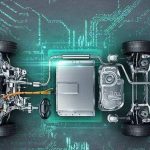
We offer fully engineered, bespoke test bench solutions designed to meet the specific needs of the automotive sector
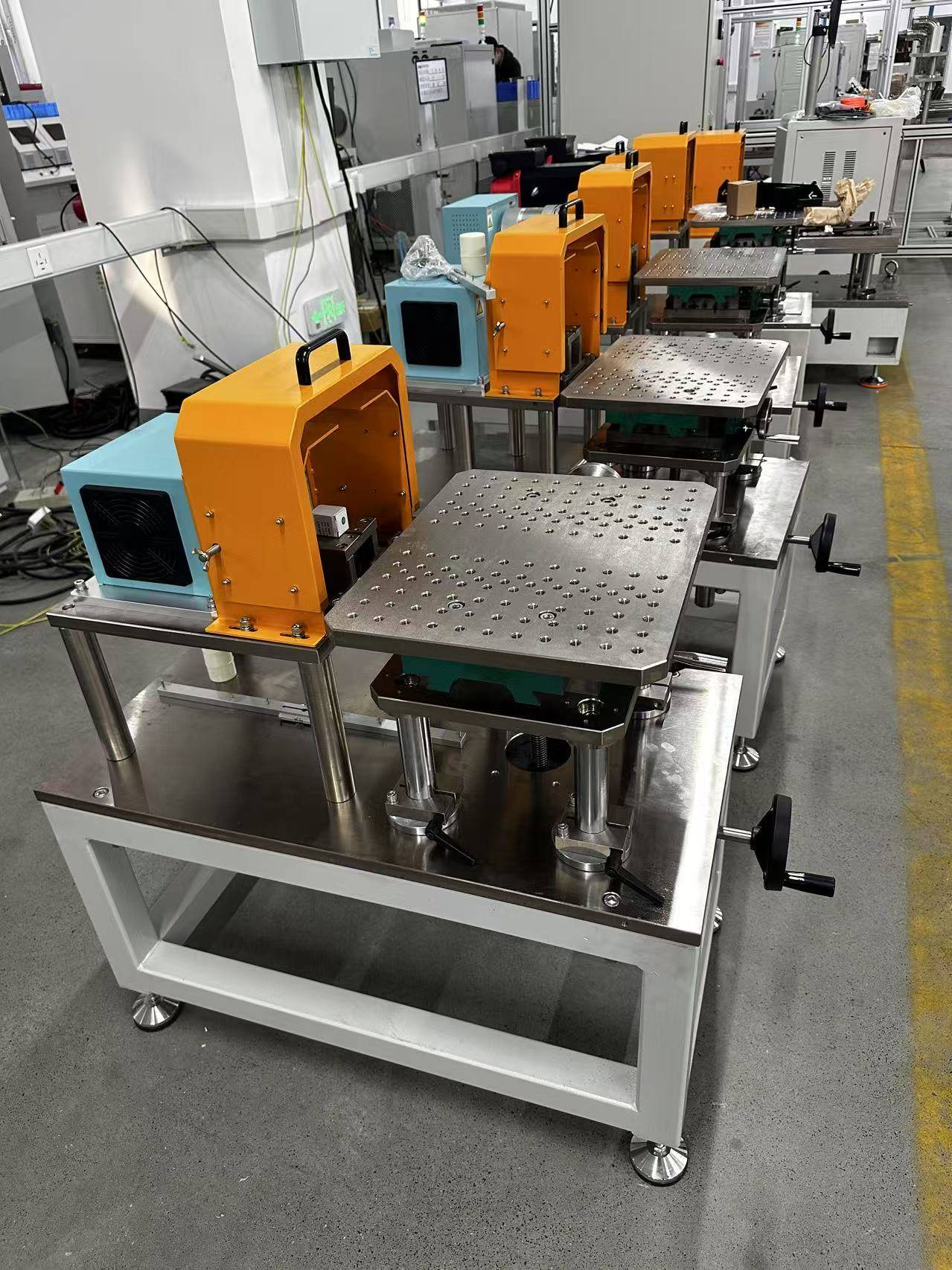
Our Dynamometers cover a wide range of Torque, Speed and Mechanical Power ratings.
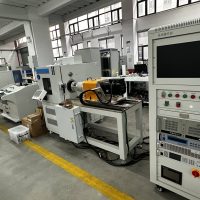
A Motor test bench is essentially a controlled environment that allows engineers and developers to test and evaluate systems
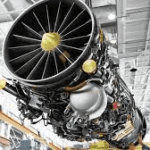
We provide the torquemeters, couplings, flywheels, spindles & test rigs for both helicopter and aero engine component testing
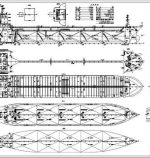
We provide test solution for marine engines, propulsion systems, electric motors, generator sets, transmission gearboxes, auxiliary power systems, exhaust gas systems, and spare parts for ships
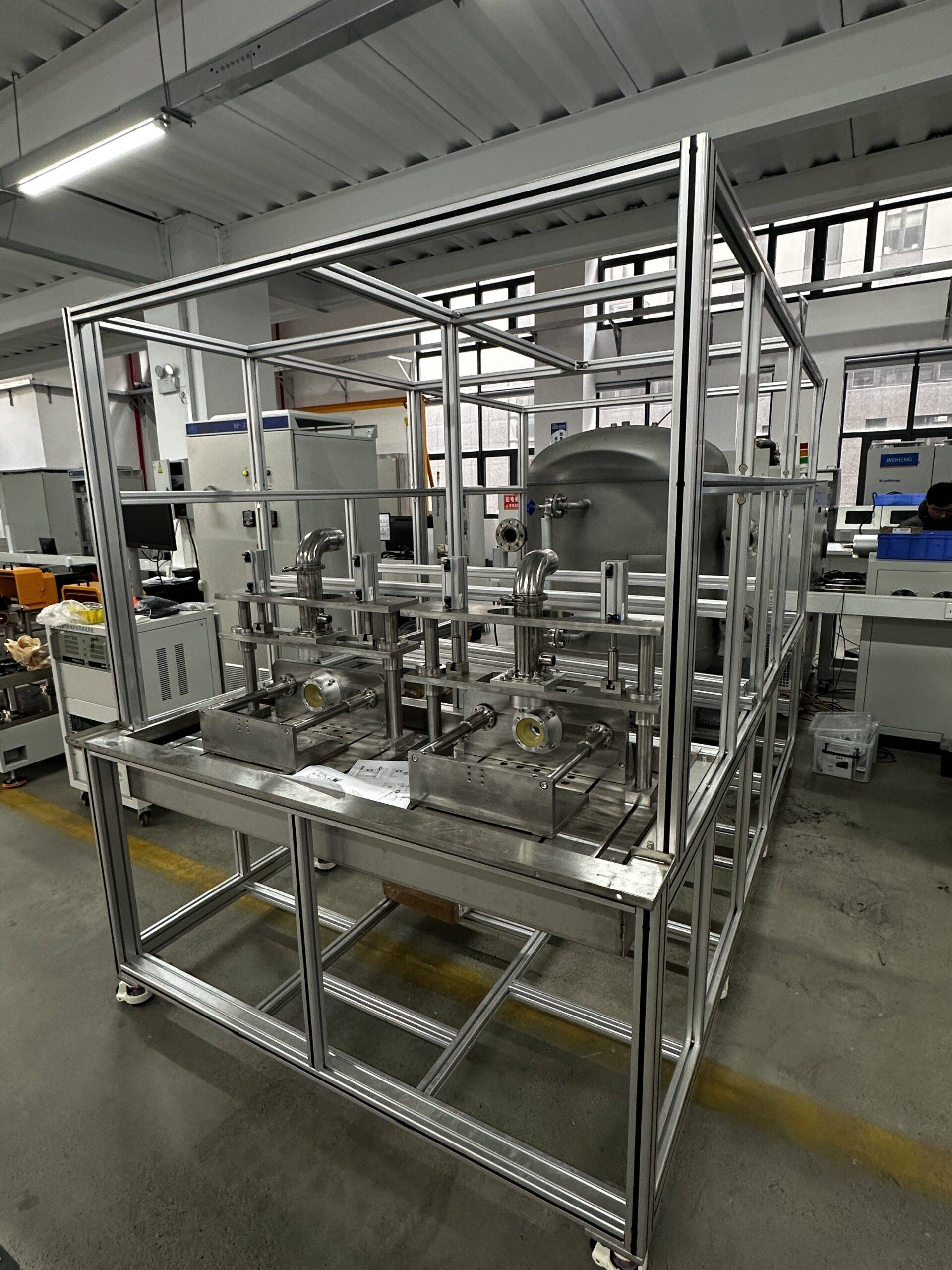
Water pump testing system is a specialized equipment used for performance testing of water pumps, commonly used to assess key parameters such as flow, head, power, and efficiency.
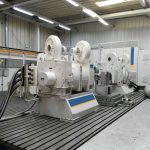
The high-speed motor test bench is a specialized system designed to evaluate and validate the performance of high-speed electric motors under various operating conditions. It consists of several key components, including a dynamometer, real-time controller, data acquisition system, and various sensors
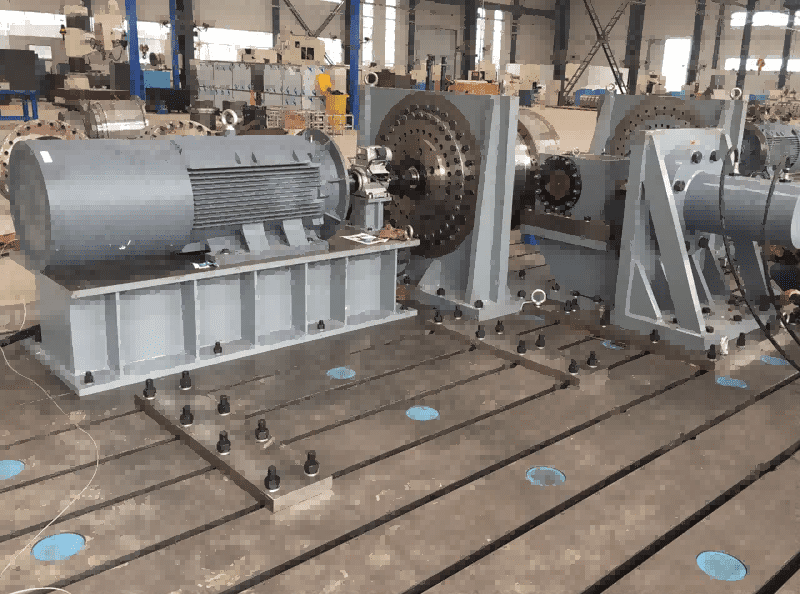
Planetary Reducer Test Bench, Harmonic Reducer Test Bench RV Reducer Test Bench Four-Series Reducer Test Benches
Versatile Testing Capabilities: From load machines and inverters to high-precision measurement and control systems, our test benches can simulate a wide range of real-world operating conditions. Whether you’re testing AC or DC generators, our systems offer dynamic load control, inertia simulation, and real-time performance monitoring.
Engine Inertia Simulation: The system is equipped with adjustable inertia, allowing for both forward and reverse rotations, closely mimicking the conditions experienced by generators in real-world applications.
Advanced Cooling Systems: Our test benches are equipped with both air-cooling and liquid cooling systems to ensure that components remain within optimal operating temperatures, even under high-load conditions.
High-Temperature and Low-Temperature Testing: We provide comprehensive environmental testing capabilities, simulating both high and low-temperature conditions to evaluate the performance of components in extreme environments, ensuring their reliability in harsh aerospace conditions.
Real-Time Data Monitoring: The integrated measurement and control systems enable real-time monitoring of key parameters such as voltage, current, frequency, and temperature. This helps ensure that your components perform to specification during each test cycle.
Automated Test Programs & Reporting: With the ability to automate tests and generate detailed reports, our test benches reduce manual effort and provide consistent, high-quality results. The system supports remote data access, making it easy to track test results and performance metrics.
Customizable and Scalable Solutions: Our test benches are highly flexible, allowing for the integration of custom test programs and scalable configurations to meet the specific needs of your testing requirements.
Precision and Accuracy: Our test benches are built with precision engineering to ensure that every test delivers accurate and repeatable results.
Safety and Reliability: With built-in fault detection systems, vibration monitoring, and safety cut-off features, our test benches prioritize operational safety.
Flexible Testing for Multiple Applications: Whether for aerospace, automotive, or industrial components, our test benches provide comprehensive testing solutions to help you meet the most demanding performance standards.
Choose our test bench systems for unmatched reliability and performance in your testing operations. With our advanced technology, your components will be rigorously tested and ready for any challenge.
For any questions or support, please reach out via email at [email protected].
We aim to respond promptly.
Need immediate assistance? Call us at +86 156 1877 0706.
Our team is ready to assist you.
We welcome you to visit our office located at 3F, Building 2, NO.511 Xiaowan Road, Fengxian, Shanghai, China.
Let's discuss your needs in person.

© 2025 Shanghai EconoTechnology Co., Ltd. All rights reserved.
Empowering innovation through reliable testing solutions.